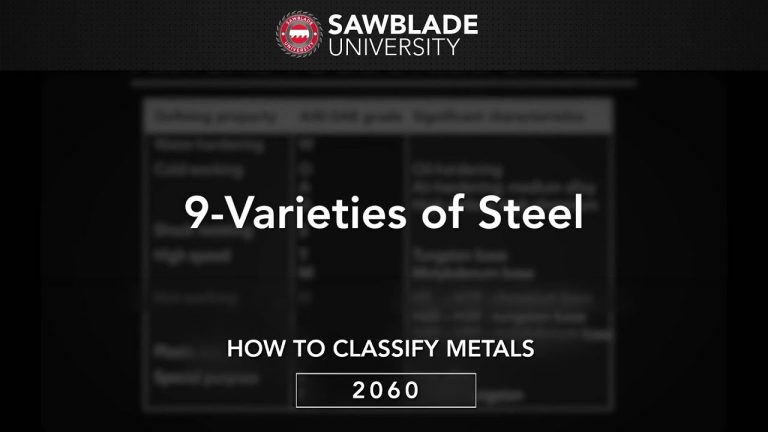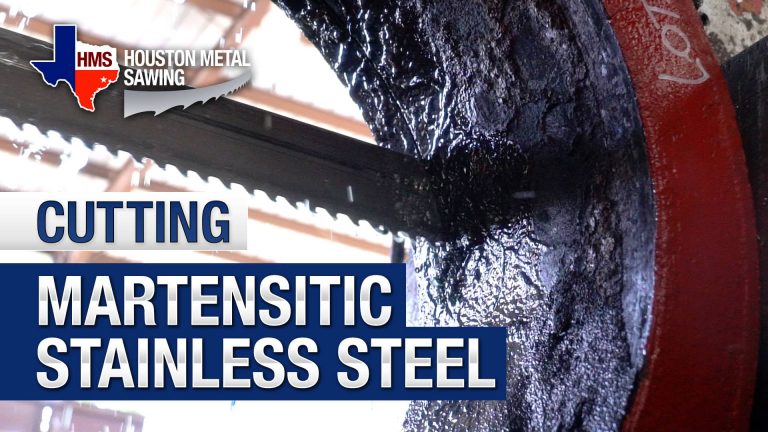Martensitic Steel
Martensitic Steel Product Guide
Martensitic stainless steel is a superb option for a wide range of applications for its corrosion resistance, strength, and durability. When compared to other forms of steel, martensitic steel has distinct benefits due to its chemical composition and mechanical qualities.
It is possible to harden and strengthen martensitic steel by heating and aging it, which is possible because of the chemical composition. Martensitic steel is an excellent choice for creating medical devices, instruments, mechanical valves, turbine components, and other applications and goods.
Table of Contents
Low Carbon Martensitic Steel
The low carbon forms of martensitic steel, which have a carbon content of 0.05 percent to 0.25 percent, have more manufacturing capability, better corrosion resistance, and are typically stronger than their high carbon counterparts.
High Carbon Martensitic Steel
Carbon content may range from 0.61 to 1.50 percent in high-carbon martensitic steel. Carbon enhances the steel’s molecular structure, making it more durable and resistant to corrosion. Steel is more brittle than other metals, making it difficult to weld or mould it into different forms.
Type 410 Stainless Steel
The martensitic stainless steel grade known as Type 410 is considered to be a general-purpose martensitic. It is a martensitic stainless steel grade. In addition, it may be used to make pistons and valves; cutlery; ball bearings; gun clips; fittings; turbine blades; pump rods; coal screens; impellers and shafts; micrometer parts; hardware; nuts and bolts; and fasteners and springs.
However, the variations in the hardening and tempering heat treatments may produce a variety of varying degrees of brittleness.
Type 410 is often provided in an annealed state; however, it may also be offered with a minimum hardness of RC35 for gauges less than 0.040 “. Another one of the available supply options is a cold-rolled kind with a tensile strength of at least 110000 psi.
Type 420 Stainless Steel
Carbon content may vary anywhere from 0.15% to 0.45% for Type 420 stainless steel, making it possible for the material to be either hardened or tempered to provide a broad spectrum of hardness levels.
A minimum tensile strength of 120000 psi ensures that Type 420 stainless steel may be supplied with a range of carbon levels to fulfill particular hardness or mechanical property requirements.
Type 420 is ideal for situations where tempered products are required since different hardnesses may be achieved by heat treatment cycles. This steel alloy may be hardened to a level between RC40 and RC50.
It may be found in many products, from valve trim and cutlery to weapons, machine components, surgical instruments, bushings, and fasteners.
Type 440 Stainless Steel
Even though Type 440A stainless steel’s annealed formability is restricted, it can be hardened more than either Type 410 or Type 420.
This type of stainless steel, which can be hardened to above RC50, is ideal for blanking into blade purposes. Because of its exceptional hardness, this grade’s blades will stay sharper and last longer.
Typical applications include:
- Surgical implements or tools
- Cutlery
- Bearings
However, when corrosion resistance and high hardness are critical, Type 440A may also be utilized in conjunction with other materials.
Other Martensitic Grades
Additional less common martensitic grades are available, such as those with different chemical compositions or mechanical qualities from those described above. Nonetheless, Types 410, 420, and 440 are the most often mentioned martensitic steels in the literature.
Request For Quote

Monday through Friday
8:00 AM to 5:00 PM Central Time
Houston, Texas 77093
Our sawing capabilities include a large range of metals, castings, plastics or molded parts. You can count on Houston Metal Sawing to deliver your parts on time and within budget.






